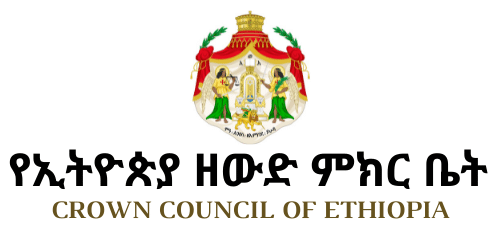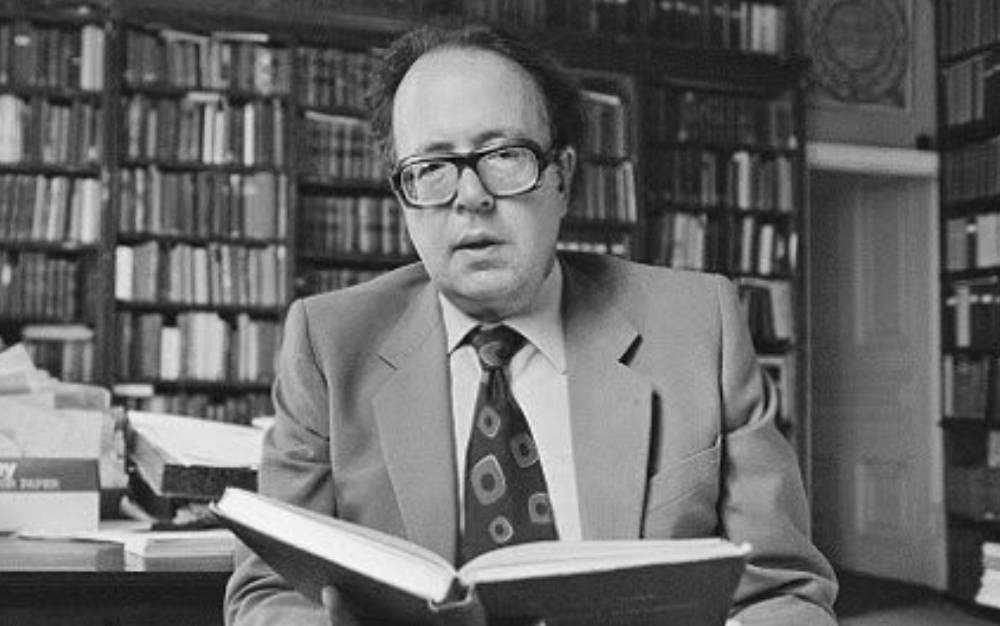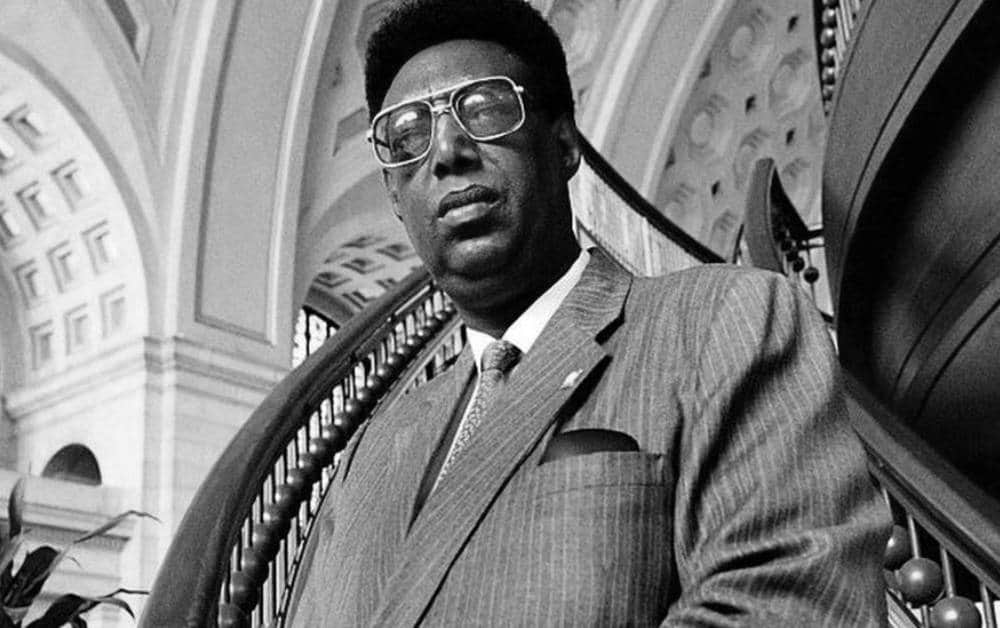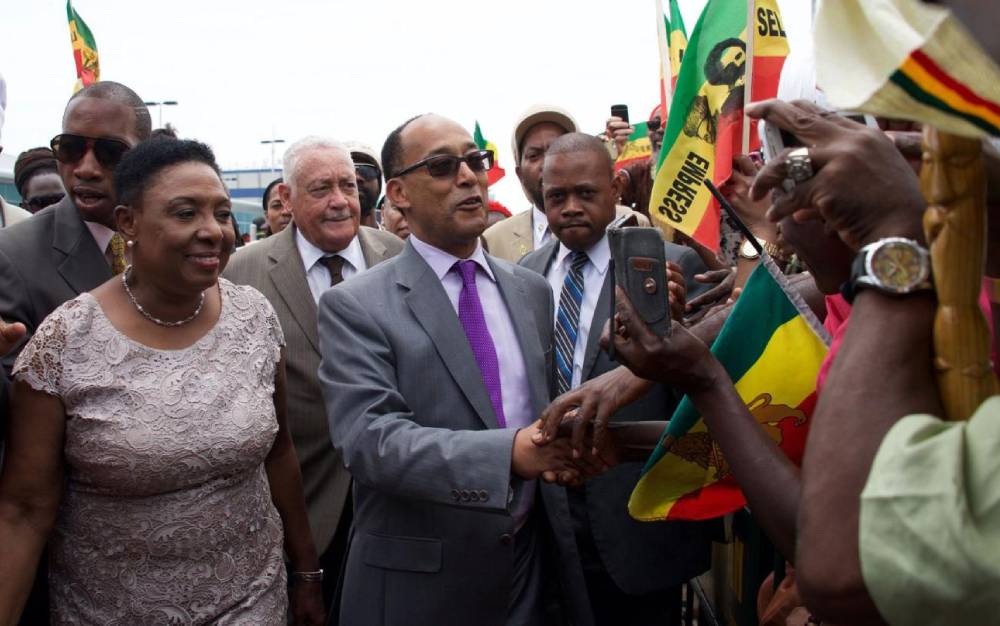Our heartfelt wish for the well-being and development of Ethiopia compelled us to realistically assess the progress which has been made by the Government of Prime Minister Meles Zenawi, and to compare it to the conditions he inherited after 17 years rule under the Military Government of the Dergue. This led us to recognize, appreciate, and give credit for the contributions made to promote the healing of our traumatized people; for rebuilding the broken name of our historic nation; for reinstating Ethiopia as a leader in African affairs; and for enabling our people to regain their place amongst respectable nations.
Having said so, the Crown Council of Ethiopia would like to first extend its sincere condolences to the family of Prime Minister Meles Zenawi, and to all the people of Ethiopia. As already testified by many world leaders and as history will later prove, Ethiopia, Africa, and the World have lost a gallant servant of the people.
Secondly, we are duty bound to put on record our recognition and sincere appreciation for the love of his country that had led the young Meles Zenawi to take arms at the age of 19, and to fight for 16 years against the atrocities which our nation suffered under the Dergue. At a time when there was no help in sight for Ethiopians to overcome the power of a well backed Military Government, Meles Zenawi and his fellow fighters sacrificed their youth and talent, in their determination to alleviate the suffering of our people. As a leader, Prime Minister Meles Zenawi’s courage, tenacity, and above all his “can do” spirit, was like that of our forefathers who fought and won two wars against overwhelming odds.
Prime Minister Meles, who himself was a Haile-Selassie I Prize Scholar, very much like his benefactor, recognized the importance of education in national development. He became exemplary by making time, despite his overwhelming duties, to complete his University education after he became Prime Minister. He facilitated the establishment of many Universities and the expansion of education throughout the country. In recognition of the benefits of educating women, he donated his well-deserved prize money to extend Secondary Education to girls in rural areas. Furthermore, he was an ardent promoter of women’s rights.
We sincerely believe that it is the recognition of and respect for human dignity, rather than the widely suspected intent to divide the people of Ethiopia that had led the Government of Prime Minister Meles to respect ethnic identity. The elimination of the requirement to conform has enhanced self-confidence, unleashed a great deal of talent, and has manifested in expediting the cultural, social and economic development of our country. Furthermore, unlike the Dergue which stifled economic development in the name of communism, the Government of Prime Minister Meles instituted an open economic policy which enabled the economy of Ethiopia to flourish and accelerate to an unprecedented level.
In the spirit of the well-established belief that was upheld under Emperor Haile Selassie, which stated that “A country is a shared entity, but religion is a private matter”, Prime Minister Meles allowed all religious groups to practice their respective religion freely. Thus, the Ethiopian Orthodox Church was able to reclaim Church property which had been confiscated by the Dergue, and to once again use it to continue its well established religious teachings and provide much needed social services.
Above all, the diplomatic skills of Prime Minister Meles Zenawi, and his ability to have convinced donor Governments to provide development assistance rather than perpetually be dependent on emergency aid, has enabled Ethiopia to build a firm foundation to set itself free from the chain of eternal dependency. This major contribution and the fact that Ethiopia has once again set an example for others in similar situation, is worthy of recognition. The mammoth task to develop the Nile for regional benefit is also unmatched, and needs the support of all Ethiopians.
Furthermore, we need to put on record the fact that whereas the Dergue would have found all members of the Royal Family, and the children of former officials who had served under Emperor Haile-Selassie, guilty for having been born, and sent them all directly to prison, the Government of Prime Minister Meles allowed them to return home, to live there undisturbed, and to take part in national development. As this kind of consideration is relatively rare in countries previously ruled by Monarchs, it is worthy of recognition and deep appreciation.
In conclusion, we recognize that no human being, and certainly no form of Government, can be said to be totally good or totally bad. Whether it is one or the other has to be judged in the context of the period in which one lived, the material and human resources which were accessible at that time, and the relative weight of the positive and negative contributions which were made.
We are cognizant that there were controversial issues which had transpired while Prime Minister Meles was in power, but this is not the time for such a debate. At this juncture, we should acknowledge with honesty, and praise him for his outstanding contributions, and take the opportunity to identify where we can give support to ensure that Ethiopia continues on the accelerated path of development. This will enable us to prevent our country from reverting to the stage where the Dergue had dismantled the foundation which had previously been built, which almost led to the total disintegration of Ethiopia. In due course, we will have ample time for civilized and open dialogue in the interest of our nation.
Today, we salute the spirit of Prime Minister Meles Zenawi for his outstanding contribution for the development of Ethiopia. We express our deep respect for his stand to always put the interest of our country first. We admire his intellectual honesty, and his exemplary maturity which had compelled him to acknowledge the contributions made by Emperor Haile-Selassie and Colonel Mengistu Haile-Mariam to support African Independence and Unity, despite their political differences. Prime Minister Meles Zenawi has amply demonstrated that when we acknowledge and build on the positive achievements of former leaders, we succeed in expanding, and accelerating the development of our nation.







